Show me your bridge graft
Konrad___far_north
11 years ago
Related Stories

EVENTSOn Show: Weird, Wondrous Science Meets Design
Houses grown, not built. Power-generating soil. And snail poop that ... well, see for yourself in our coverage of a new Rotterdam exhibit
Full Story
CRAFTSMAN DESIGNHouzz Tour: Bridging Past and Present in a California Craftsman
A Santa Monica bungalow says goodbye to gloominess and hello to a bright new look that mixes modern and traditional
Full Story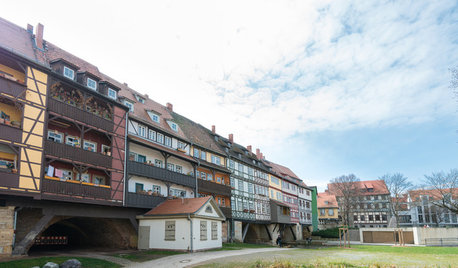
WORLD OF DESIGNThe Romance of Living on Germany’s Medieval Merchants’ Bridge
The Krämerbrücke is lined with ancient houses still occupied by local artisans. Take a tour of the bridge and one of its historic homes
Full Story
REMODELING GUIDESBridging the Distance Indoors
Airy interior bridges and walkways take getting around the house to a new level
Full Story
HOUZZ TOURSMy Houzz: Bridge Building Redefines a D.C. Row House
A new rooftop deck and elevated walkway give a Capitol Hill couple an enviable outdoor haven away from noise on the street
Full Story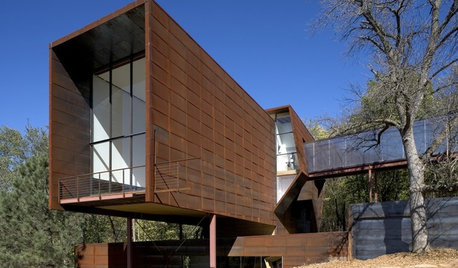
HOUZZ TOURSHouzz Tour: Laboratory House Bridges Old, New
Step inside a 10-year home design experiment in steel, wood and wonder
Full Story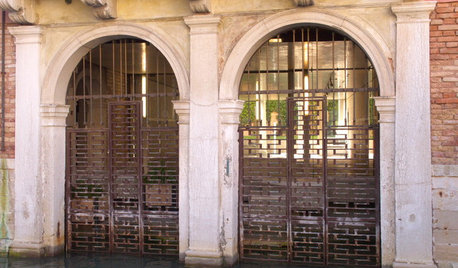
URBAN GARDENSA Venetian Courtyard Shows Mastery in the Details
Carlo Scarpa transformed a palazzo's courtyard into a celebration of high waters and high design. Take a walk with us
Full Story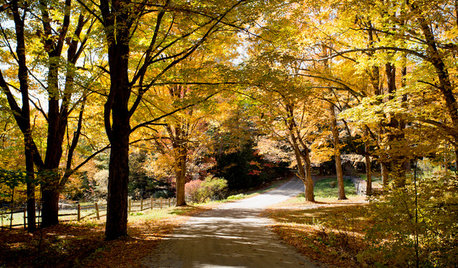
FALL GARDENINGHouzz Call: Show Us Your Autumn Views
Share your pictures of fall foliage and decor in the Comments. Your photos may be featured in an upcoming story!
Full Story
GARDENING GUIDES9 Self-Seeders Capture Chelsea Flower Show Magic
Give your garden show-worthy style with these plants beloved by top designers
Full Story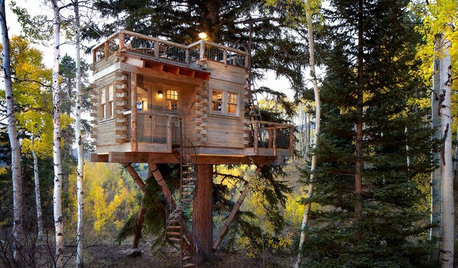
TREE HOUSESHouzz Call: Show Us Your Well-Designed Treehouse or Tree Fort!
Got a great treehouse or tree fort? We want to see it! Post yours in the Comments and we’ll feature the best in a future article
Full Story


theaceofspades
denninmi
Related Discussions
I'll show you mine/you show me yours - M 10/12
Q
I'll show you mine/you show me yours - Fr 10/16
Q
I'll show you mine/you show me yours - M 4/18/22
Q
I'll show you mine/you show me yours - Th 4/21/22
Q
blazeaglory
Konrad___far_northOriginal Author
Noogy
Scott F Smith
windfall_rob